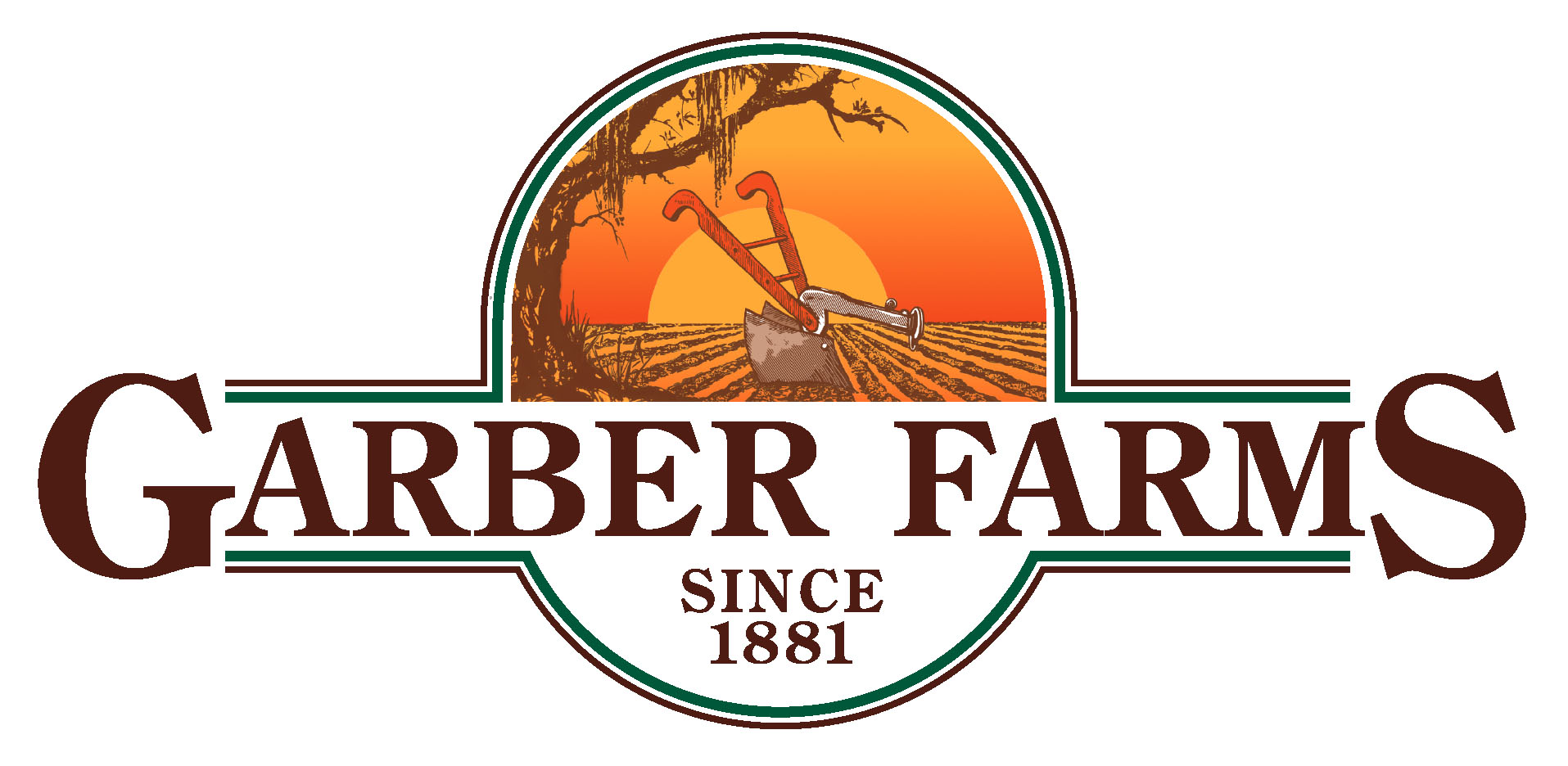Sweet Potato Recipes
Here is a site we recommend for great sweet potato recipes!
Here is a site we recommend for great sweet potato recipes!
• Sweet Potatoes are commonly referred to as “yams”.
• Native Americans were already growing sweet potatoes when Columbus arrived on America’s shores in 1492.
• The sweet potato is not a potato, not even a distant cousin. Potatoes are tubers; sweet potatoes are roots.
• Sweet potatoes have been growing in the South since as early as 1648.
• Louisiana offers ideal soil and climate conditions to grow sweet potatoes.
• The sweet potato was ranked number one in nutrition of all vegetables by the Center for Science in the Public Interest.
• The CSPI ranked the sweet potato at 184 in nutritional value, more than 100 points ahead of the baked potato, spinach or broccoli.
• Sweet potatoes provide twice the recommended daily allowance of vitamin A.
• Sweet potatoes provide more than one-third of the daily requirements of vitamin C.
• Sweet potatoes are an important source of beta-carotene, vitamin B6, iron, potassium and fiber.
• Studies have consistently shown that a high intake of beta-carotene rich vegetables and fruits, like sweet potatoes, can significantly reduce the risks for certain types of cancer.
• Sweet potatoes contain virtually no fat or sodium.
• Our medium sweet potato holds only about 150 calories.
• Sweet potatoes that are a pretty, bright orange color are richest in beta-carotene.
• The popular “Sugarbusters” diet strongly recommends sweet potatoes as a substitute for other foods that should be avoided such as white and red potatoes, rice, pasta and corn.
• Sweet potatoes are a more nutritious if cooked with the skin on.
• Sweet potatoes should be washed and dried thoroughly before being cooked.
• Sweet potatoes should not be refrigerated unless cooked. Storage at low temperatures can cause flavor loss.
• Sweet potatoes should be stored in a cool, dry, well-ventilated area at approximately 55 degrees to 65 degrees F.
• Ideally, sweet potatoes should be used within a week or two, however they may be stored for up to one month.
• Always use a stainless steel knife when cutting a sweet potato. Using a carbon blade will cause it darken.
• Always choose firm, fairly well-shaped sweet potatoes with skin somewhat even in color and free of blemishes.
Brown rice has the outer hull removed, but still retains the bran layers which are rich in minerals and vitamins, especially the B-complex group, It is a 100% whole grain food and takes about 40 to 45 minutes to cook. Because of the oil in the bran layer, brown rice has a limited shelf life of approximately six months. Refrigerator or freezer storage is recommended for longer shelf life.Enriched white rice has the outer husk removed and the layer of bran milled away until the grain is white. Is it enriched with thiamin, niacin and iron and fortified with folic acid to restore nutrients lost during processing. It takes about 15 minutes to cook.
The answer is both! The U.S. Dietary Guidelines for Americans and MyPyramid recommend “making half of all grain servings whole,” or three servings per day for a 2,000-calorie diet. The other grain servings for the day should come from either enriched or whole grain foods, like enriched white and whole grain brown rice.
Nearly 85 percent of rice consumed in the U.S. is grown here! Farmers in Arkansas, California, Louisiana, Texas, Missouri and Mississippi produce about 20 billion pounds of rice each year.
Long grain rice has a long, slender kernel, three to four times longer than its width. Cooked grains are separate, light and fluffy. It is perfect for pilafs, stir-fry and Southern favorites like jambalaya and gumbo. Medium and short grain rice have a shorter, wider kernel. Cooked grains are more moist and tender, and have a greater tendency to cling together. Short and medium grain rice are good choices for dishes that have a creamier characteristic — such as risotto, rice puddings, as well as sushi and other Asian dishes.
Milled rice–white, parboiled or pre-cooked–will keep almost indefinitely on the pantry shelf. Once opened, rice should be stored in a tightly-closed container that keeps out dust, moisture and other contaminants. Brown rice, because of the oil in the bran layer, has a limited shelf life of approximately 6 months. Refrigerator storage is recommended for longer shelf life.
For each cup of cooked rice, add 2 tablespoons liquid. Cover and heat on top of range or in oven until heated through (about 5 minutes). In a microwave oven, cover and cook on HIGH about 1 minute per cup. Frozen rice may be cooked 2 minutes on HIGH power for each cup. Fluff with fork.
U.S.-grown rice does not need washing or rinsing before or after cooking. Rinsing may wash away nutrients.
Not a true rice, wild rice is the grain of an aquatic grass native to North America. Today most of what is sold as “wild” rice is actually cultivated and then mechanically harvested and processed.
One half cup serving of cooked rice:
Calories – 82
Carbohydrates – 1.9g
Protein – 2g
Fat – 0g
Sodium Free
Cholesterol Free
